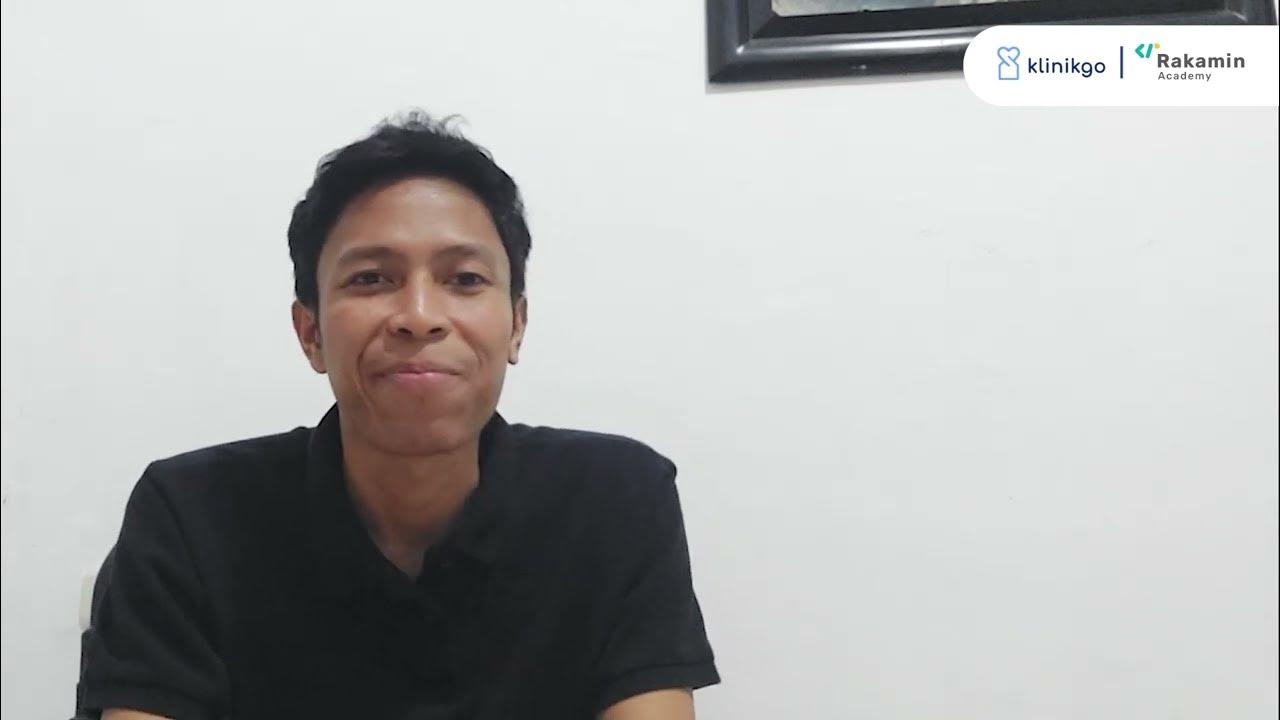Forensics Expert Explains How to Analyze Bloodstain Patterns | WIRED
Summary
TLDRMatthew Steiner, a certified Senior Crime Scene Analyst, educates on the intricacies of bloodstain pattern analysis in forensics. The video covers various patterns like passive drops, transfer stains, and spatter, influenced by factors like surface texture and gravity. It delves into the importance of safety at crime scenes, the significance of not contaminating evidence, and the techniques used to interpret patterns, such as calculating the area of convergence and angle of impact. The video emphasizes the complexity and the art of observation in forensic science, providing a detailed look into the investigative process.
Takeaways
- 🔍 Matthew Steiner, a certified Senior Crime Scene Analyst, introduces various techniques for analyzing bloodstain patterns.
- 🧬 The video explains that collecting DNA from a person without consent is illegal and focuses on legitimate forensic methods.
- 👔 Safety at crime scenes is paramount, with personal protective equipment (PPE) like gloves, eye protection, and Tyvek suits used to prevent contamination.
- 🐏 Defibrillated sheep's blood is used for demonstration, devoid of fibrin to prevent clotting, which would complicate the analysis.
- 🔎 Bloodstain pattern analysis involves correlating the appearance of stains with the dynamic forces that created them, not predicting every detail of a crime.
- 💧 Passive bloodstain patterns, such as drops, are created by gravity or contact without external forces, and are affected by surface textures.
- 👣 Contact transfer stains occur when a bloody object touches another surface, potentially revealing the source of the blood through the pattern left behind.
- 🏃 Movement can significantly affect bloodstain patterns, creating 'feathering' at crime scenes, which can indicate the direction of movement.
- 🌊 Flow patterns, influenced by gravity, can suggest whether a victim was moved or if their injury was inflicted in a different position than found.
- 🩸 Spatter patterns result from an external force applied to an open source of blood, like striking, and can indicate the direction and angle of the force.
- 🕵️♂️ The process of bloodstain pattern analysis is complex, requiring observation, interpretation, and experience to draw meaningful conclusions from the scene.
Q & A
What is Matthew Steiner's professional certification in the field of forensics?
-Matthew Steiner is a certified Senior Crime Scene Analyst.
Why is safety emphasized when investigating a crime scene?
-Safety is emphasized to protect investigators from bloodborne pathogens and to prevent contamination of the crime scene by their own hair, fibers, and DNA.
What is the purpose of using defibrillated sheep's blood in the demonstration?
-Defibrillated sheep's blood is used because the fibrin, which causes blood to clot, has been removed, preventing clotting and allowing for better visualization of bloodstain patterns.
How does the surface texture affect the appearance of bloodstains?
-Surface texture affects the appearance of bloodstains by altering the edge characteristics, which can be smooth, uniform, scalloped, or spiny depending on the texture of the surface.
What are satellite stains and how do they form?
-Satellite stains are stains that originate from a parent stain and are forced out from the center due to disruption by the surface or when blood is being dripped into blood.
What is a transfer pattern and how can it provide valuable evidence at a crime scene?
-A transfer pattern is a passive pattern created when a bloody surface comes in contact with another surface, potentially leaving an impression of the object, such as a hand, weapon, or clothing, providing direct evidence linking to a suspect.
How does movement affect transfer stain patterns?
-Movement affects transfer stain patterns by creating a feathering effect, which shows the direction of movement and can be identified by the change in darkness from the start to the end of the pattern.
What is the significance of flow patterns in bloodstain analysis?
-Flow patterns indicate the effect of gravity on a volume of blood and can provide insights into the victim's position and movement relative to their injuries at the time the blood was shed.
How can pooling and saturation patterns reveal information about the crime scene?
-Pooling and saturation patterns can indicate the location and duration of bleeding, suggesting that there was a period of time without movement, which can be useful in reconstructing the sequence of events.
What is the process of calculating the area of convergence in bloodstain pattern analysis?
-The area of convergence is calculated by drawing a line through the long axis of several elliptical stains; these lines should converge at the point where the blood originated.
How is the angle of impact determined for bloodstains?
-The angle of impact is determined by measuring the length and width of a bloodstain, dividing the length by the width, and then applying the arc sine function to the result to find the angle.
Outlines

هذا القسم متوفر فقط للمشتركين. يرجى الترقية للوصول إلى هذه الميزة.
قم بالترقية الآنMindmap

هذا القسم متوفر فقط للمشتركين. يرجى الترقية للوصول إلى هذه الميزة.
قم بالترقية الآنKeywords

هذا القسم متوفر فقط للمشتركين. يرجى الترقية للوصول إلى هذه الميزة.
قم بالترقية الآنHighlights

هذا القسم متوفر فقط للمشتركين. يرجى الترقية للوصول إلى هذه الميزة.
قم بالترقية الآنTranscripts

هذا القسم متوفر فقط للمشتركين. يرجى الترقية للوصول إلى هذه الميزة.
قم بالترقية الآنتصفح المزيد من مقاطع الفيديو ذات الصلة

Forensics Expert Explains How to Lift Fingerprints | WIRED

Digital Forensik-21: Muhammad Ridho

What Is DNA Analysis In Forensics? - Law Enforcement Insider

Ink chromatography

Blood & Blood Spatter (Chapter 8) - Forensic Science

Project Based Internship Klinikgo Health System Analyst - Interview Role Video
5.0 / 5 (0 votes)
